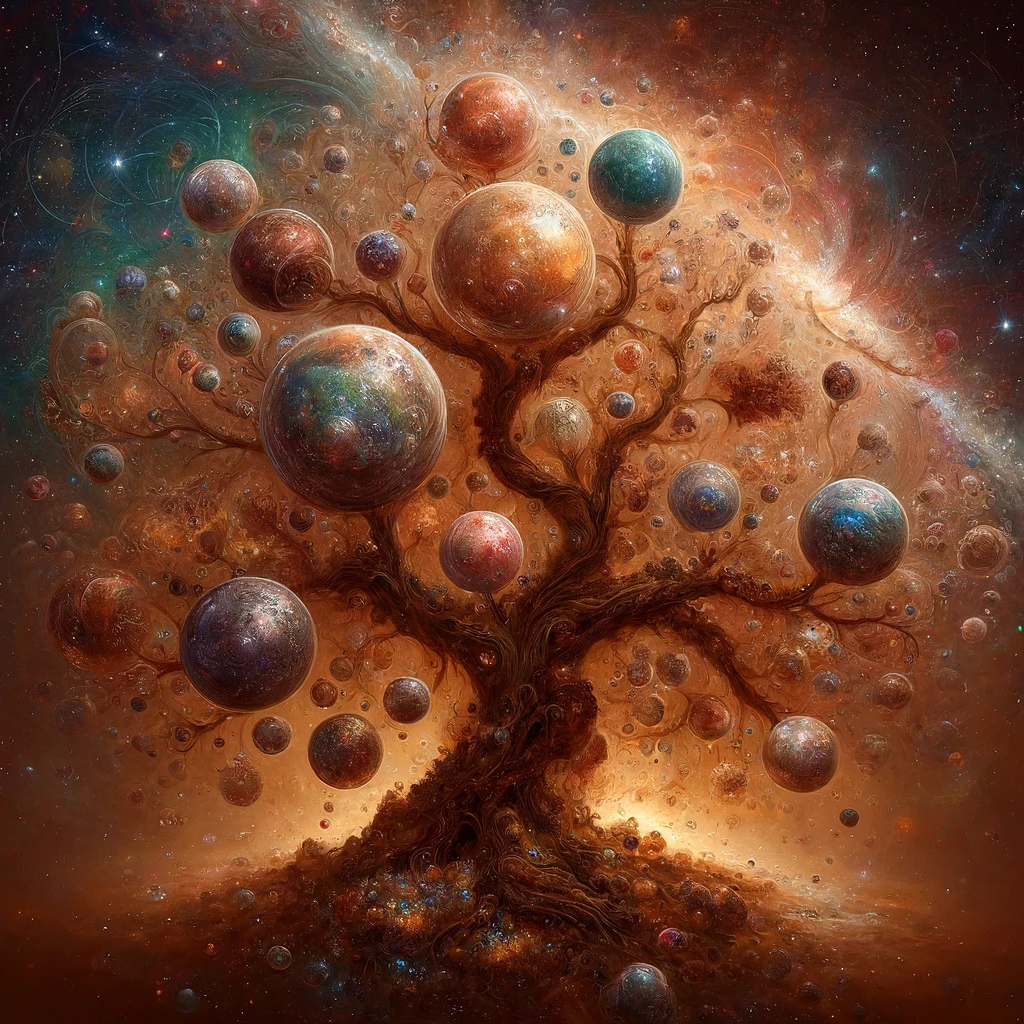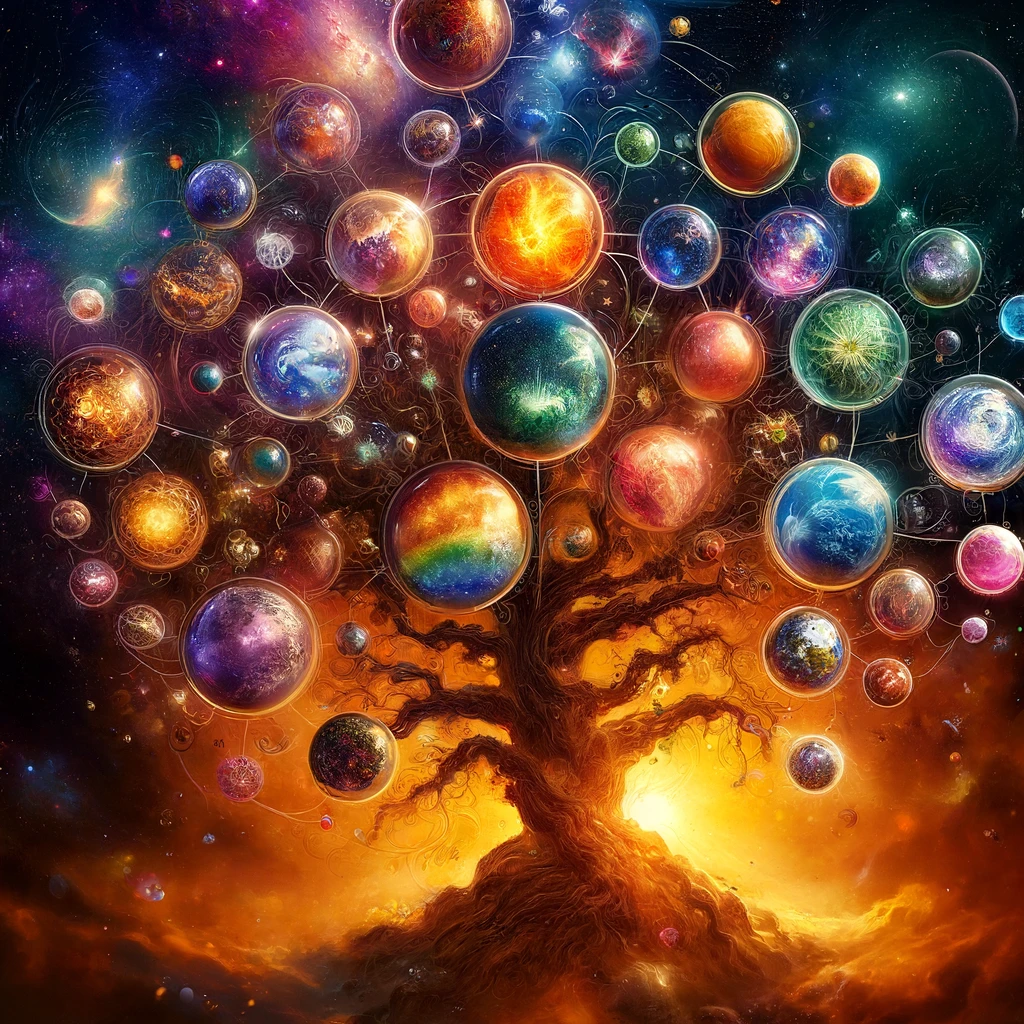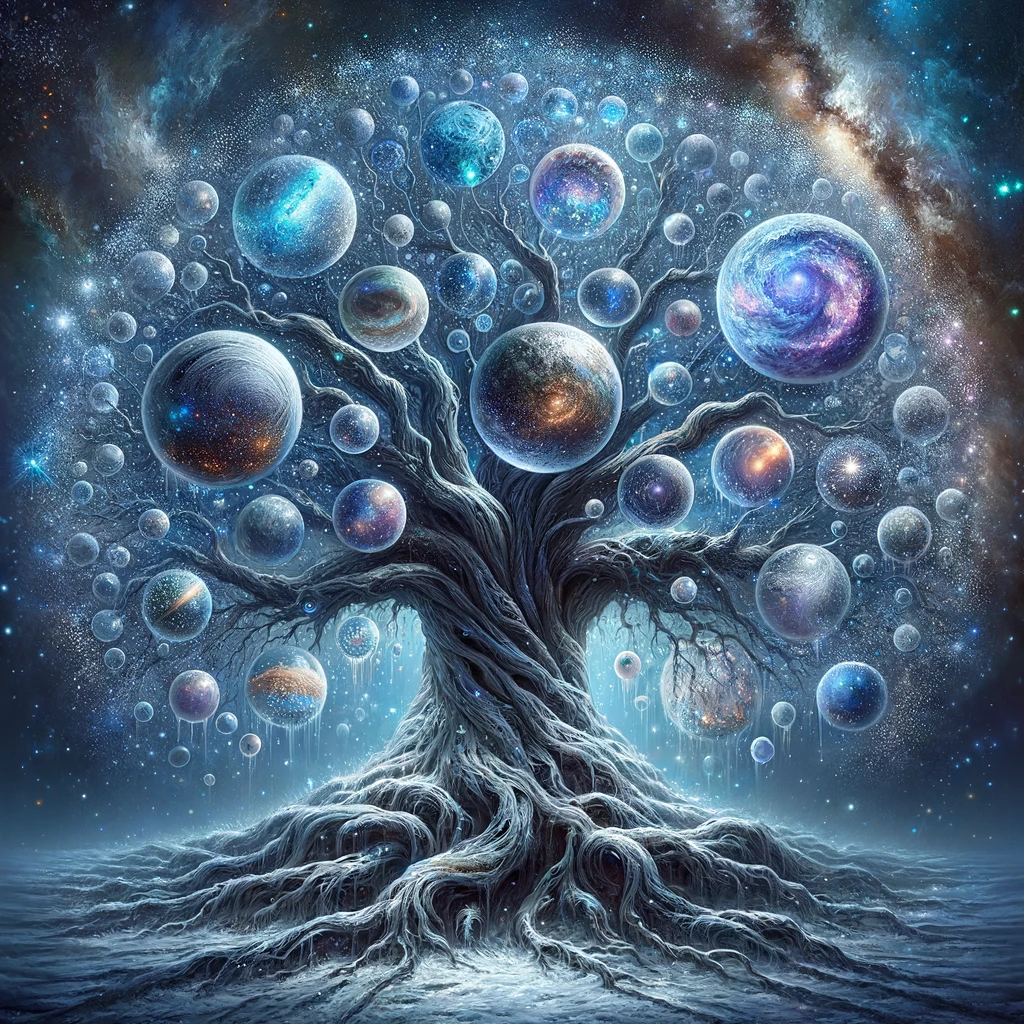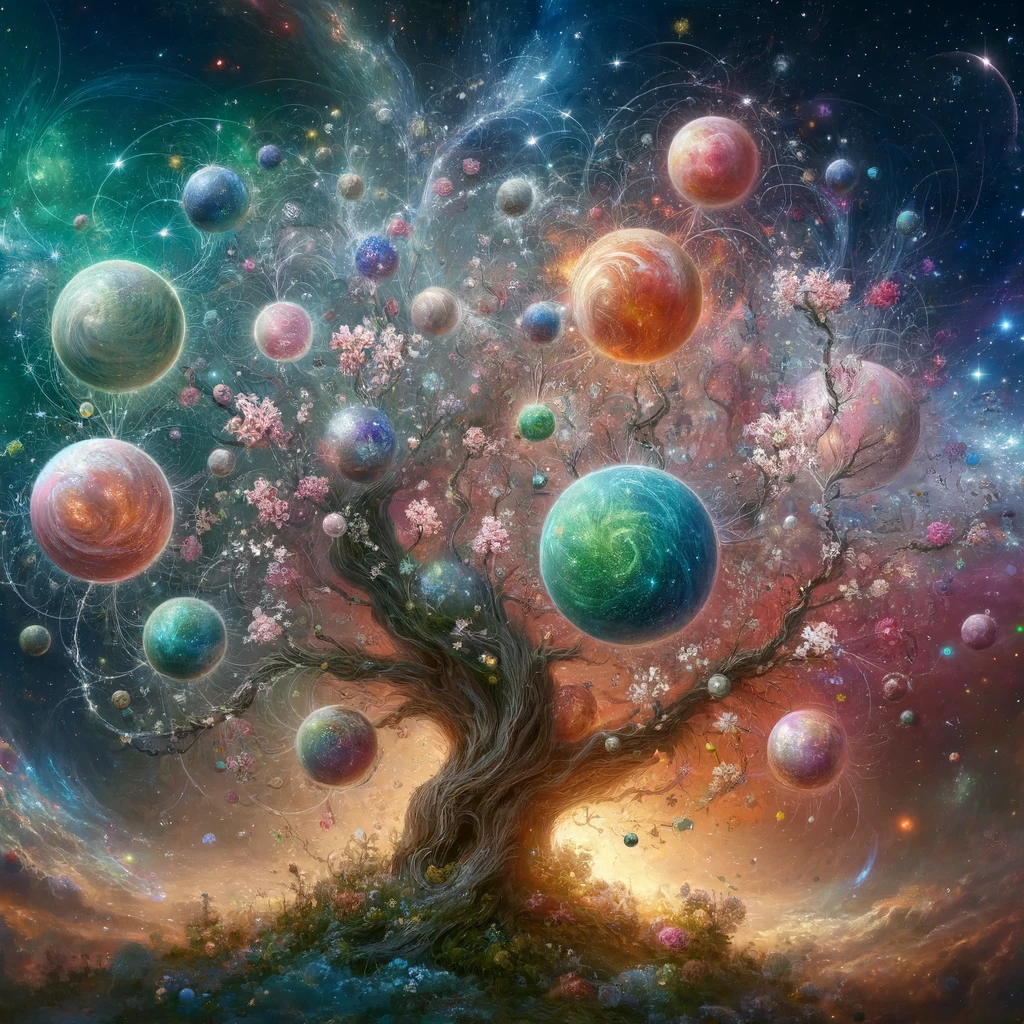This is part 2 in the Miniseries about Bostroms Deep Utopia
Handout 12: UTOPIC TAXONOMY
Bostroms summary outlines five distinct visions of utopia, which could be ordered on a spectrum of imaginary depth, with Plastic Utopia being the deepest of all.
Governance & Culture Utopia
This type emphasizes ideal laws, customs, and societal organization. It is not inherently dull but often falls into the trap of ignoring human nature, making economic or political errors, or overlooking the needs of oppressed groups. Variants include feminist, Marxist, technological, ecological, and religious utopias, with recent additions like crypto-utopias.
Post-Scarcity Utopia
Characterized by an abundance of material goods and services, ensuring that everyone has more than enough to satisfy their needs, except for positional goods. This utopia posits that Earth is already on the path toward post-scarcity, at least for human needs, suggesting a significant departure from our hunter-gatherer ancestors.
Post-Work Utopia
Envisions a world where automation eliminates the need for human labor in the economy. While there may still be a need for cultural creation, the emphasis is on minimal human work due to technological abundance or a lifestyle choice favoring leisure over labor. This utopia examines the balance between income, leisure, and social status.
Post-Instrumental Utopia
Extends beyond the post-work idea by eliminating the instrumental need for any human effort, not just in economic terms but also in daily activities like exercise, learning, and choosing preferences. This is a more radical concept that significantly departs from traditional utopian thought.
Plastic Utopia
The most transformative, where any desired local change can be effortlessly achieved unless hindered by another entity. This includes “autopotency,” or the ability to self-modify at will. This type of utopia equates the technologically possible with the physically possible, suggesting a future where humanity is deeply altered by its technological advancements. It is a concept largely unexplored outside of theology and science fiction.
In principle, there is enormous opportunity to improve our existence by modifying and reengineering our emotional faculties. In practice, there is a considerable likelihood that we would make a hash of ourselves if we proceed down this path too heedlessly and without first attaining a more mature level of insight and wisdom.
Bostrom, Nick. Deep Utopia: Life and Meaning in a Solved World (English Edition) (S.212-213).
Just look at the current trend in plastic surgeries and gender affirmation care be a warning signal how aesthetic and societal expectations can go horribly wrong.
Aside from these more comical effects Bostrom is right to point out that any volitional change has a tendency to become pseudo-permanent, meaning even if we could change our emotional design, we might never want to.
(…) if you changed yourself to want nothing but the maximum number of paperclips, you would not want to change yourself back into a being who wants other things besides paperclips,
Bostrom, Nick. Deep Utopia: Life and Meaning in a Solved World (English Edition) (S.213).
Autopotency is therefore the term that needs the most clarification because I have the feeling it leads to some paradoxical results that are potentially self-defying. In a crude sense, if we grant humans free will (which not everybody does) we could argue that we might already have some autopotency if we are in a simulation. If we are totally autopotent entities we could have opted for an existence where we are a world famous Swedish philosopher who writes a book about deep utopia and we could have wished for getting rid of our autopotency in the context of really experiencing the blood, sweat and tears to write a profound book about utopian subjects.
Since a Plastic Autopotency Utopia were we are capable of everything, everywhere all at once for all eternity would be mostly pointless, minds like ours might have experienced a deep nostalgia for the time we were simply human, and then recreated a mind state were we all forgot about our deity-status and just were randomly put in a simulation with other minds that wished for the same. A gigantic theme park that recreates one of the possible Multiverse strands of the beginning of the 21st century.
If we reach effective Autopotency our first intuition might be then that we solved the universal Boredom problem from Handout 9. If we made ourselves subjectively unborable, then we were in danger to create a future that is objectively boring. The crux is here that even if we categorize emotions along a positive negative spectrum all emotions have an important purpose. Boredom for example steers as away from uninteresting to interesting things. Some if not most of the negative emotions could be technologically externalized via emotion prosthesis or apparats that are monitored by our personal AI, so if another person says something mean, we don’t get actually angry but a our pAI (personal A.I.) signals us to avoid this person in the future or simply ignore them.

Four Etiological Hypotheses about the origin of the value of Interestingness in a Longtermist Perspective
At the root of the purpose problem lies the question if an infinite universe can provide infinite many Interesting Things for autopotent entities at Tech-Mat. Bostrom identifies 4 categorical issues:
- Exploration: Learning new things is an evolutionary adaptive behaviour in a scarcity environment that changes frequently. At Autopotency the whole notion of learning as adaptive strategy seems pointless since there is no existential pressure to drive that kind of Curiosity Motor. A Longtermist Brain might also run into Memory storage Problems (s. Handout 14 below)
- Signaling: Something is interesting to us because it makes us look interesting to others in a social context. Even in at Tech-Mat there will be positional and cardinal values that should be worthy our time. But when coupled with the 4th Hypothesis, we might run into serious trouble.
- Spandrel: Interestingness is a derivative of other values
- Rut-avoidance: Interestingness is an evolutionary means to avoid getting stuck in pointless repetition. At Tech-Mat Rut-Avoidance and Signaling could very well get stuck in a malicious circle: e.g. since every activity could be infinitely stretched, and boredom is one of the last universal constraints there could be Olympics that chase the most pointless Disciplines (Like Blade of grass counting) and the tolerance of Boredom could be considered. Bostrom gives here an example of one of his most memorable Lectures where he was bored to death. This leads to some paradoxical situations that interestingness and boredom might seem on opposite ends of a mind’s attraction spectrum, but the positional valuation of our mind seems to lead to such evaluations that the most boring stuff might be more special than the second most interesting thing we ever encountered.

Handout 14: Memory Storage for Immortals
1. The maximum amount of information (bits) a brain can remember increases linearly with its size.
2. To maintain the current rate of skill and experience accumulation, human brains would need to grow by 14 deciliters every century, though in reality, this increase could be optimized to much less.
3. Even after migrating to a more optimized medium for memory, a linear increase in volume is still required for accumulating long-term memories, albeit at a slower rate (about 1 cm³/century).
4. A significant increase in brain size could lead to slower signal transmission due to longer distances, particularly for thoughts that integrate information from widely separated regions.
5. The current axonal conductance velocity is about 100 meters/second, suggesting a physical brain size limit without slowing down thought processes significantly.
6. Using optical fiber could theoretically support a brain up to 300 km in diameter without significant delay in signal transmission.
7. Storing a century’s worth of memories in 1 cm³ of space could allow for living more than 10²² centuries without losing long-term memories.
8. Adjustments like an efficient retrieval system for skills and memories would be necessary.
9. Slowing down the system could further increase the maximum size of the memory bank by allowing larger brains without unacceptable signal delays.
10. Living in virtual reality and slowing down subjective experience could mitigate perception of any slowdown.
11. Speeding up mental processes significantly would reduce the maximum feasible brain size but could allow for much more memory within current physical brain sizes.
12. A trade-off exists between longevity and the complexity/capacity of our minds. We could opt for living much longer with simpler minds or having more complex minds but shorter lifespans.
13. In a technologically advanced civilization, it might be possible to achieve both long life spans and highly capacious minds, balancing longevity, and complexity.

Handout 15 Optimal Transcendence
Under normal conditions, our connection to future selves weakens by 1% each year, but an “abrupt metamorphosis” into a posthuman state would cause an instant 90% reduction. Considering the natural erosion over 230 years would lead to a similar reduction, that period serves as a limit for how much we might want to delay metamorphosis to preserve personal identity. However, the intrinsic value of our human existence, alongside the potential for a much longer and possibly twice as rewarding posthuman life, complicates the decision. The desirability of transitioning increases as we exhaust the possibilities and values of human life, suggesting a point where the benefits of becoming posthuman outweigh the costs. Moreover, if posthumans experience a slower erosion of self-connection, this would argue for a quicker transition to post-humanity.
to be continued
